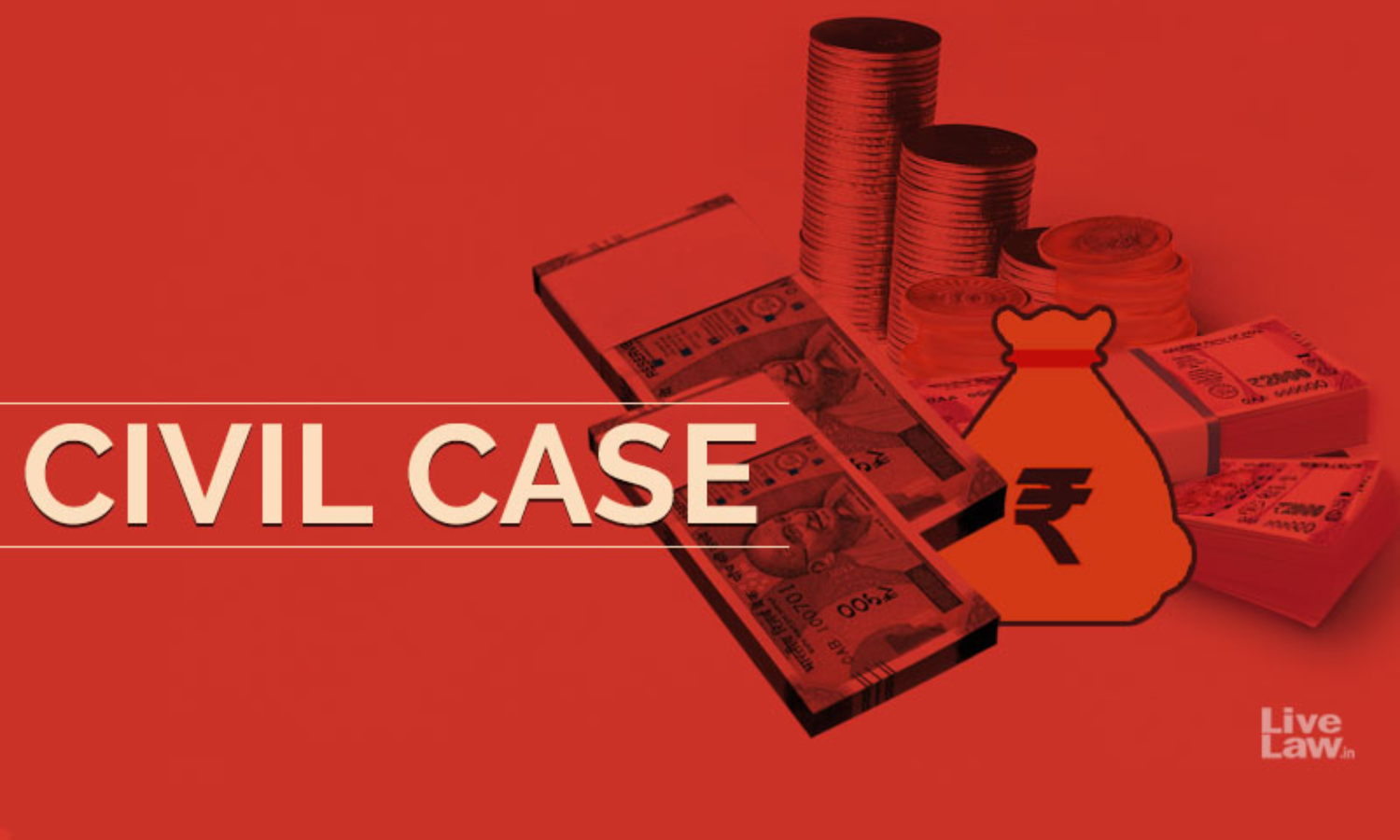
Origin of the Concept of Adverse Possession The concept of Adverse Possession dates back to the 17th century BC, between 1792 to 1750 BC, when the Amorite King of Babylon- Hammurabi, proclaimed his Code – The Hammurabi's Code, containing 282 edicts, of which Rule 30 specifically dealt with the concept of Adverse Possession. Rule 30 of the Code provided that - "If a chieftain or...
Origin of the Concept of Adverse Possession
The concept of Adverse Possession dates back to the 17th century BC, between 1792 to 1750 BC, when the Amorite King of Babylon- Hammurabi, proclaimed his Code – The Hammurabi's Code, containing 282 edicts, of which Rule 30 specifically dealt with the concept of Adverse Possession. Rule 30 of the Code provided that -
"If a chieftain or a man leave his house, garden, and field and hires it out, and someone else takes possession of his house, garden, and field and uses it for three years: if the first owner returns and claims his house, garden, and field, it shall not be given to him, but he who has taken possession of it and used it shall continue to use it."
This concept had thereafter trickled down into the English law also, where reference to the same could be found in the Statute of Westminster, under which limited actions for the recovery of land could be taken. In early England the best evidence of ownership was possession and The Statute of Limitations,1639 provided for a period of 20 years within which an owner could sue for recovery of possession.
Thereafter the concept of Adverse Possession has stuck on and has been followed by many countries like the US, Australia, Germany, Poland, UK, France, India, etc, till date.
Law of Adverse Possession in India
The law of Adverse Possession in India is a common law concept and the 'The Indian Limitation Act,1963' prescribes the period applicable to Adverse Possession. The provisions of The Indian Limitation Act that prescribe the period for the law of Adverse Possession are found in Section 27, Articles 64, Article 65 and Article 112 of the Schedule thereto.
Though the general rule of the law of limitation is that it is not meant to destroy the rights of the parties but that it only fixes the life span for the legal remedy for the general welfare based on public policy[1] , Section 27 of the 1963 Act is an exception to the general rule and this has been made amply clear in Ravinder Kaur Grewal & Others v. Manjit Kaur & Others[2] that if a suit for possession is not filed within the prescribed period of limitation, then the right based either on title or possession would be extinguished and the possessor as against the previous title holder or the previous possession holder will get transformed into ownership.
Ingredients to prove Adverse Possession
- Nec vi, Nec clam and Nec precario, ie., adequate in continuity, adequate in publicity, adverse to a competitor[3]
- Right against immovable property of a specific extent
- The wilful neglect of the true owner is to be established
- Adverse Possession is to be pleaded.
- Mere assertion of title not sufficient but animus possidendi is to be proved[4]
- Period of limitation is to be satisfied – 12 continuous years of possession as against the true owner/30 continuous years of possession as against the Government.
- The Defendant's possession does not cease only on consequence of Plaintiff obtaining a decree against him as the period of limitation would continue to run till the defendant is actually dispossessed[5].
Articles 64 and 65 of The Indian Limitation Act, 1963- Differences
- Article 64 and Article 65 operate in different spheres of the law of Adverse Possession.
Article 64 operates negatively as it destroys the right in a person without creating a right in another[6].
Article 65 on the other hand acts positively and by its operation an individual acquires right by prescription, if he has been in such possession adversely to the true owner.
Article 64 only deals with right to possession, ie., only possessory title and Article 65 deals with complete title to the property, ie., any interest based on title.
In the former class of cases the plaintiff is to show that he was in possession and that he was dispossessed and that the dispossession was within 12 years of the date of the suit[7]. It is only a limited right in the property that the plaintiff seeks to fight for ie., only possession and not the interests in the immovable property.
As per Article 65, it pertains to 'immovable property or any interest therein'. It deals with suits for possession based on title[8].
Under Article 64, the plaintiff must prove possession within 12 years of the suit[9].
Under Article 65 one is to prove the above ingredients. It can be said to mean that Article 65 is a residuary Article, applying to suits for possession of immovable property otherwise not provided for[10]. In cases where the plaintiff-owner alleges his dispossession, he falls under this Article and will have to prove title and dispossession within 12 years before the suit.
Adverse Possession and the Judicial Flux in India
The law of Adverse Possession being an equitable principal has forever been an evolving concept and the evolution of it has caused a state of judicial flux.
In both P.T.Munichikkanna Reddy and others v. Revamma and others[11] and State of Haryana v. Mukesh Kumar and others[12], there were suggestions made to the legislators to amend the law relating to adverse possession on the main ground that a tort-feasor or a trespasser should not be allowed to capitalise on his own fault.
In Hemaji Wagaji Jat v. Bhikhabhai Khengarbhai Harijan[13] and others, the law legitimising possession of a rank trespasser and compelling the owner to lose his possession for his inaction in taking back possession within limitation period was questioned and a recommendation was sent to the Ministry of Law and Justice to seriously consider and make suitable changes to the law of adverse possession.
The Government then tasked the Law Commission to make a report and the Law Commission made a consultation paper cum questionnaire on the same to analyse the pros and cons of the law of adverse possession, and the pros and cons of its impact on society if abolished.
Our court then narrowed the scope of adverse possession by holding that the defendant who pleads adverse possession is to first admit the ownership of the true owner over the property by its judgment in Dagadabai (dead) by Lrs v. Abbas @ Gulab Rustum Pinjari[14].
The Supreme Court further constricted the noose on the concept of adverse possession in Mallikarjunaiah V. Nanjaiah[15] by holding that the plea of adverse possession can only be raised as a defence and that mere continuous possession of land alone, for long periods of time would not clothe the defendant with the right to sustain a defence of adverse possession and that adverse possession should be taken for a specific extent of land.
But recently in Ravinder Kaur Grewal v. Manjit Kaur[16], the apex court has widened the scope of the law of adverse possession by holding that a plaintiff can file a suit for adverse possession and that it is a heritable and transmissible right. The apex court has also permitted for tacking of adverse possession by two or more persons on recognising the right to be a transmissible one, with respect to individual/non-governmental properties.
In and by the said landmark judgment, our Supreme Court has now enlarged the playing field from what was being permitted as just a shield earlier to being used as a sword also by the person claiming title through adverse possession.
Conclusion
Adverse Possession is a concept that has travelled far and wide and has deeply rooted itself across borders. It had certainly found favour in the Asian subcontinent in India as it has lasted as a tortious concept undergoing constant change for over a century. Time and again the Governments in our country have tried to weed out this simple but yet deep rooted concept of the 'Law respecting possession even if there was no title to support it' but have been unable to do so till date.
The present Government in its attempt to completely do away with Adverse Possession has recently presented the Union Budget 2020-21, through which it has urged State Governments to adopt the Model Agriculture Land Leasing Act, 2016 among others. The intention of the Central Government is thus clear from the reasons given by them for devising the Model Agriculture Land Leasing Act, 2016.
The law laid down by the Supreme Court, by its judgment in Ravinder Kaur Grewal & Others v. Manjit Kaur & Others[17] is that it is permissible for one claiming title by adverse possession to file a suit also, which makes it possible for the claimant of adverse possession to use it as a sword also against the true owner of the property. There is now better light at the end of the tunnel for a person claiming right over land by virtue of adverse possession to perfect his right by means of long possession into an absolute right but one must bear in mind that with the change in public policy of the nation, the change with regard to the perception of adverse possession would also have to necessarily change and invariably in the Indian scenario it is likely to lead to extinction of the long lived concept of Adverse Possession.
[1] N.Balakrishnan v. M.Krishnamurthy, (1998) 7 SCC 123
[2] 2019 (6) MLJ 96
[3] Balkrishan v. Satyaprakash and others, AIR 2001 SC 700
[4] Des Raj and others v. Bhagat Ram (Dead) by Lrs. And Others, (2007) 9 SCC 641
[5] Sk. Mukbool Ali v. Sk. Wajed Hossein, (1876) 25 WR 249
[6] Nirmal Chand v. Gaya Prasad Dikshit, AIR 1979 All 54
[7] Subappa Shenkarappa v. Venkappa Golappa, 17 Bom LR 141
[8] Bassana v. Appa Rao, AIR 1959 Mys 227
[9] Latin Mohan Bhowmick v. Kishirodeswari Das, AIR 1981 Cal 43
[10] Commentary on the Limitation Act, 11th Edition – by T.R.Desai
[11] (2007) 6 SCC 59
[12] AIR 2012 SC 559
[13] (2009) 16 SCC 517
[14] 2017 (6) CTC 195
[15] 2019 (3) ALT (Supreme Court) 277
[16] Idbi 2
[17] Idbi 2




